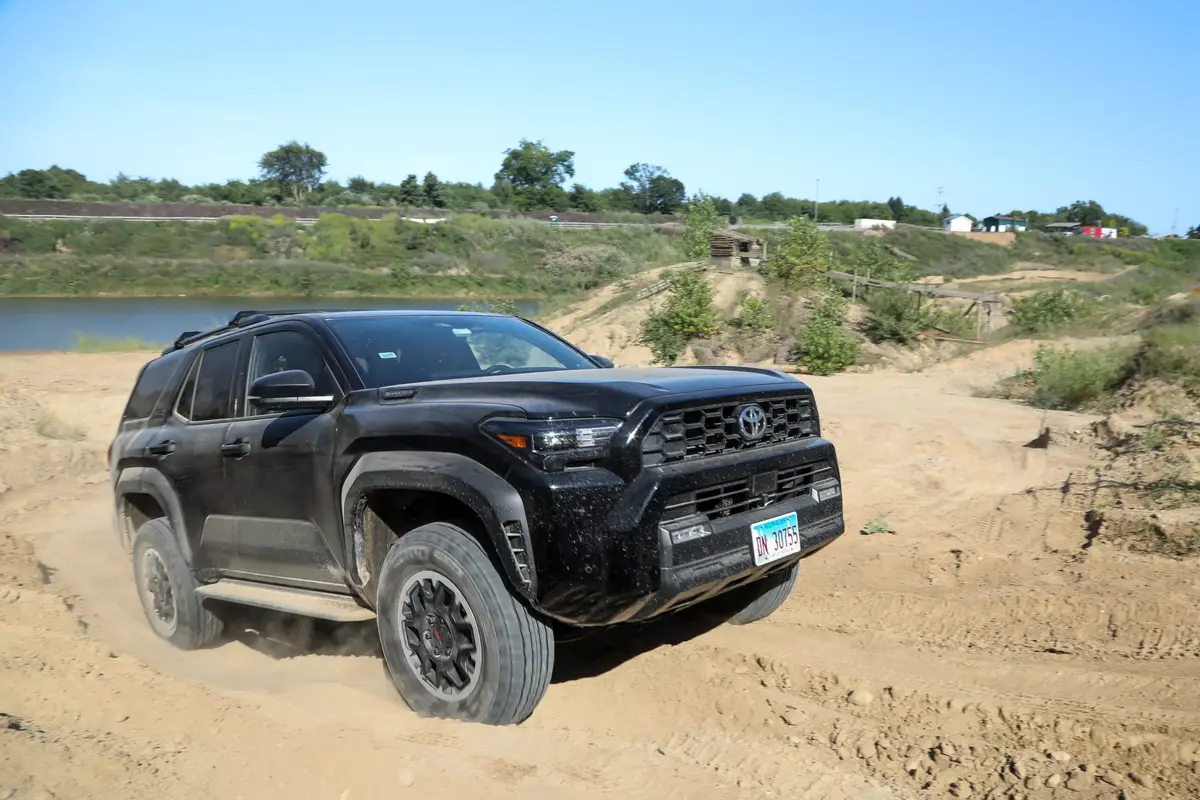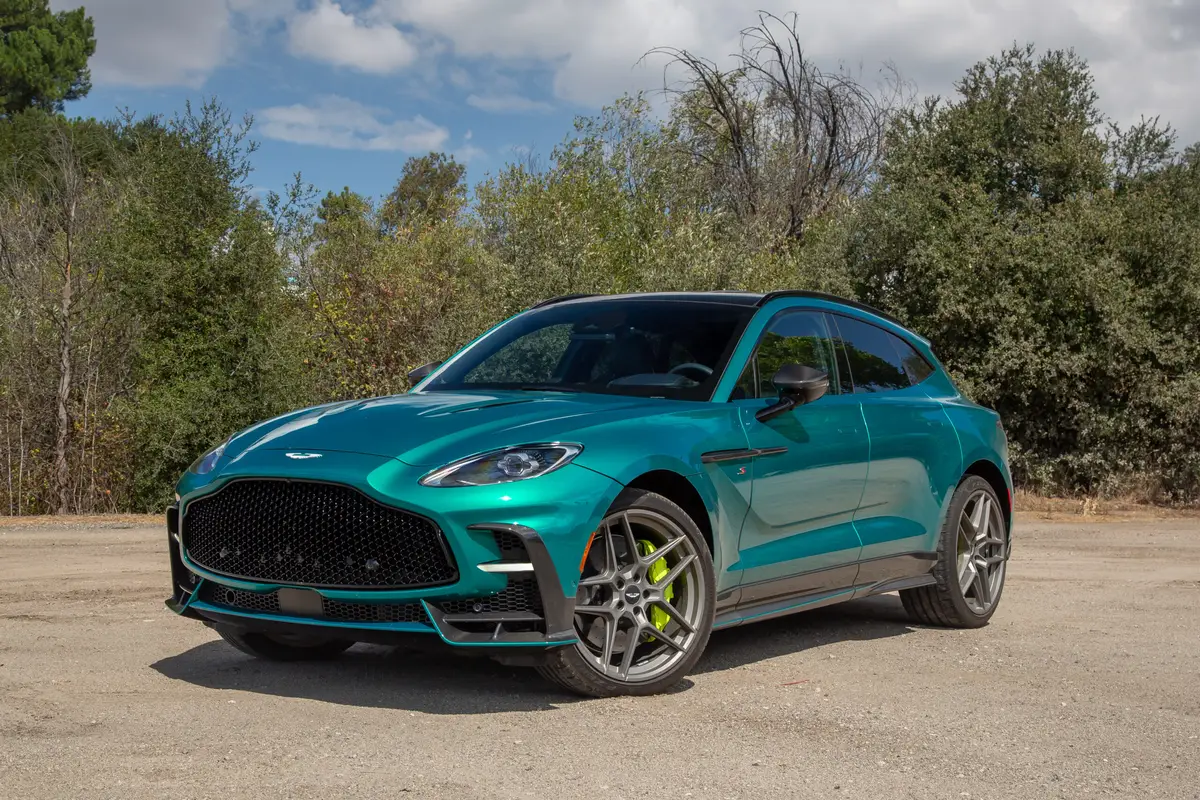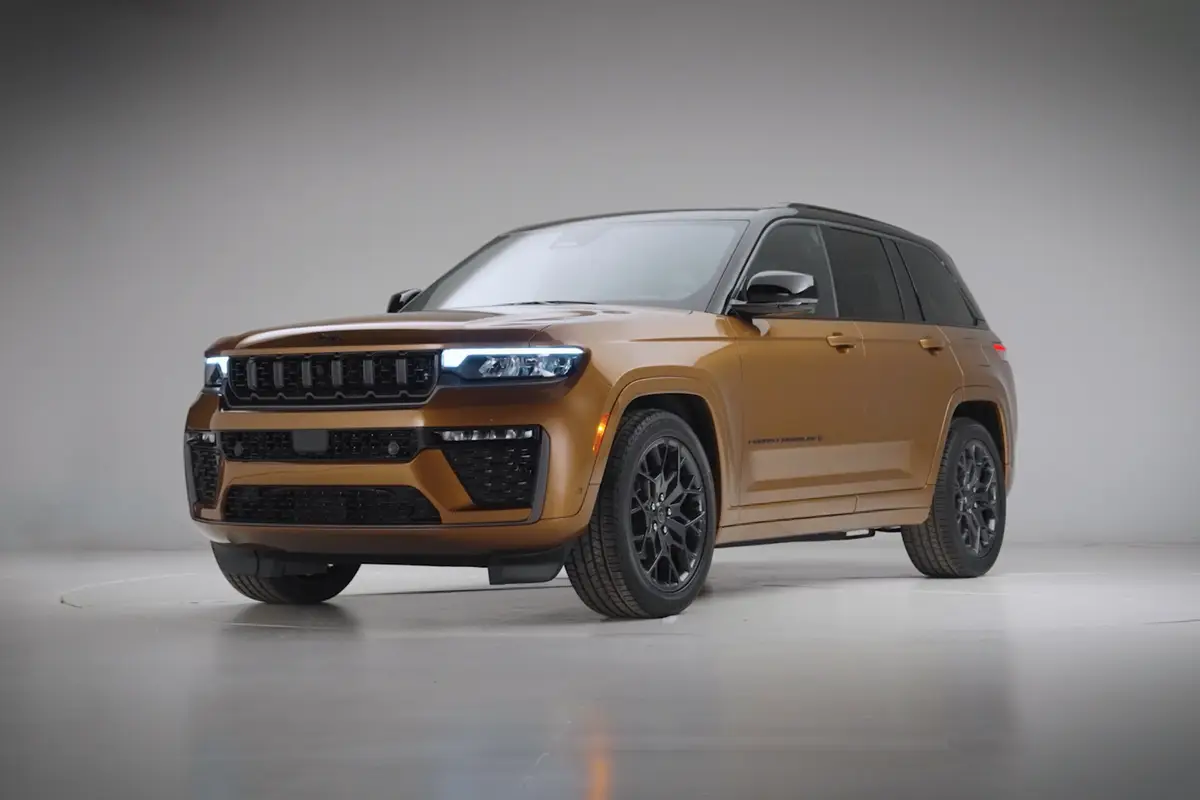2002 Volvo C70: What's New
Vehicle Overview
Some cars catch on quickly, while others struggle for attention. Volvos stylish front-wheel-drive coupe and convertible fall into the latter category, failing to draw more than modest sales over the past four seasons.
Changes are few for 2002, and the Swedish-built two-door C70 continues to face a hazy future especially because the companys newer S60 sedan, the V70/XC cross country wagon and the upcoming 2003 XC90 sport utility vehicle have captured more attention. Volvo is part of Fords Premier Automotive Group, which also includes Aston Martin, Jaguar and Land Rover.
Following up on the 2001 C70s Sport Edition option package, this years coupe adds some of the items from that option package as standard features. They include a unique, black, egg-crate grille, 17-inch five-spoke R wheels, a power sunroof, trip computer, automatic-dimming inside mirror, unique dashboard inlays and leather upholstery. Heated front seats and an emergency trunk release have been added, and a graphite body color also is available. The two convertible models are unchanged for 2002. Volvos electronic stability system, called Stability Traction Control, became standard on all C70 models after the start of the 2002 model year.
Volvo launched the C70 coupe as a 1998 model and then added a similar-looking convertible the following summer. Described by Volvo as ground-breaking in design, the C70 was supposed to change the way Americans look at Volvo automobiles a depiction intended to make people picture something different than the companys traditional boxy profile. Competitors include the Acura CL coupe, BMW 3 Series coupe and convertible, and Mercedes-Benz CLK-Class.
During their first few seasons, the C70 coupe and convertible came with either a high-pressure or low-pressure turbocharged five-cylinder engine. Last year, Volvo dropped the coupe with the less potent, low-pressure engine, noting that coupe buyers named power as their third highest reason for purchasing a particular vehicle.
Exterior
Smooth, curvaceous lines characterize the two-door C70, making it hard to believe that the coupe and convertible are manufactured by the Swedish automaker that was long known for square, upright designs with rear-wheel drive. Then again, all of Volvos most recent models are rounder than those of the recent past. A traditional Volvo-type vertical grille sits up front, showing off a large corporate logo. Otherwise, the C70 has few design features that distinguish it from other brands.
A power sunroof is available for the coupe. The convertibles power-operated top contains a glass rear window with a defogger. Front and rear fog lights are standard. Standard tires are 16-inchers, but 17- or 18-inch rubber can be installed. Models with the high-pressure engine have Comet five-spoke alloy wheels. At 185.7 inches long overall and 55.7 inches high, the C70 is 5.5 inches longer and more than an inch taller than the Mercedes-Benz CLK-Class.
Interior
Only four occupants fit inside either C70 body style. The rear seating positions may be cramped for adults. A power front-passenger seat slides forward slowly to help ease rear access, but getting in and out of the backseat can be a battle. The C70 beats a number of other two-door models in terms of interior space. Cargo capacity totals a maximum of 13.1 cubic feet.
Standard equipment includes air conditioning, heated power mirrors, remote keyless entry, cruise control, a tilt/telescoping steering wheel, an eight-way power drivers seat with memory and an eight-way power passengers seat. Leather upholstery is standard, and HT (high-pressure turbo) models have red wood interior inlays. An accessory wind blocker is available for the C70 convertible.
Under the Hood
Two inline-five-cylinder engines are available. The LT model carries a 190-horsepower, 2.4-liter engine with light-pressure turbocharging, which is offered only in the convertible. For extra performance, a 236-hp 2.3-liter with a high-pressure turbocharger is standard in the coupe and available in the HT convertible. The light-pressure engine teams with a five-speed-automatic transmission, while the high-pressure version gets either the automatic or a five-speed-manual gearbox.
Safety
Volvo has long been known for safety considerations, and the C70 is no exception. Standard equipment includes dual-stage front airbags, side-impact airbags, daytime running lights, all-disc antilock brakes and Volvos Whiplash Protection System (WHIPS), which moves the front seats rearward in a collision. The side-impact airbags are designed to protect the occupants chest, head and upper body. Volvos Stability Traction Control system is also available. Convertibles incorporate a rollover protection system with pop-up steel bars.
Driving Impressions
After a drive in either of the C70 body styles, one wonders why these stunningly shaped, Swedish-made two-doors arent achieving sales success. Their high prices are definitely part of the reason, and negative publicity about production problems for early models didnt help. Still, performance and comfort abound in these modern-day Volvos.
Like other Volvos, the C70 exhibits a heavy feel overall. Steering demands some effort but pays off in solid road behavior and superior highway handling. But on city streets, the ride can get rough. Assembly quality is solid and tight, and the C70 makes an appealing choice for a long trip.
| Reported by Jim Flammang for cars.com From the cars.com 2002 Buying Guide |
Featured stories


2026 Aston Martin DBX S Review: Excellence in (DB)X S


